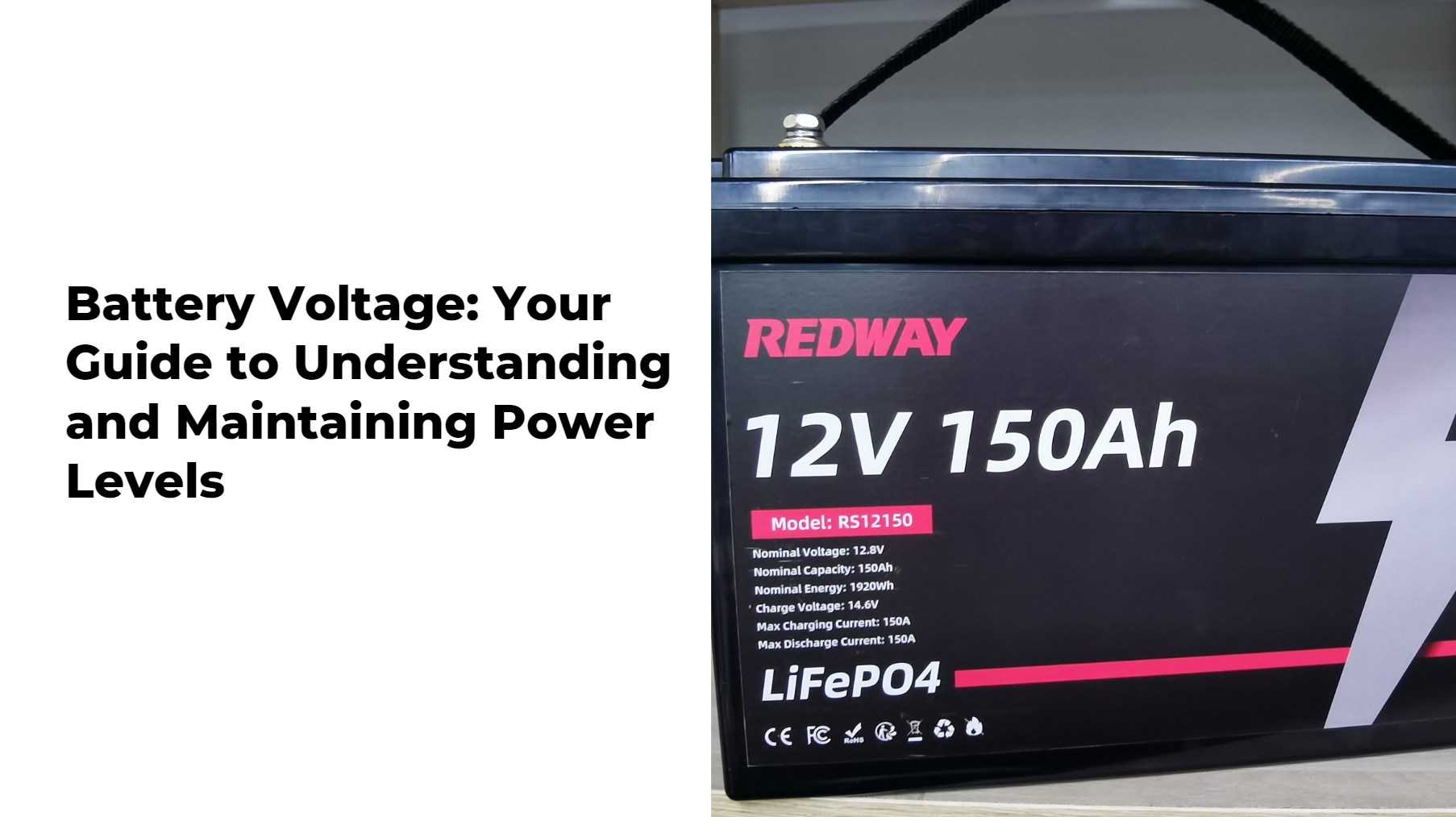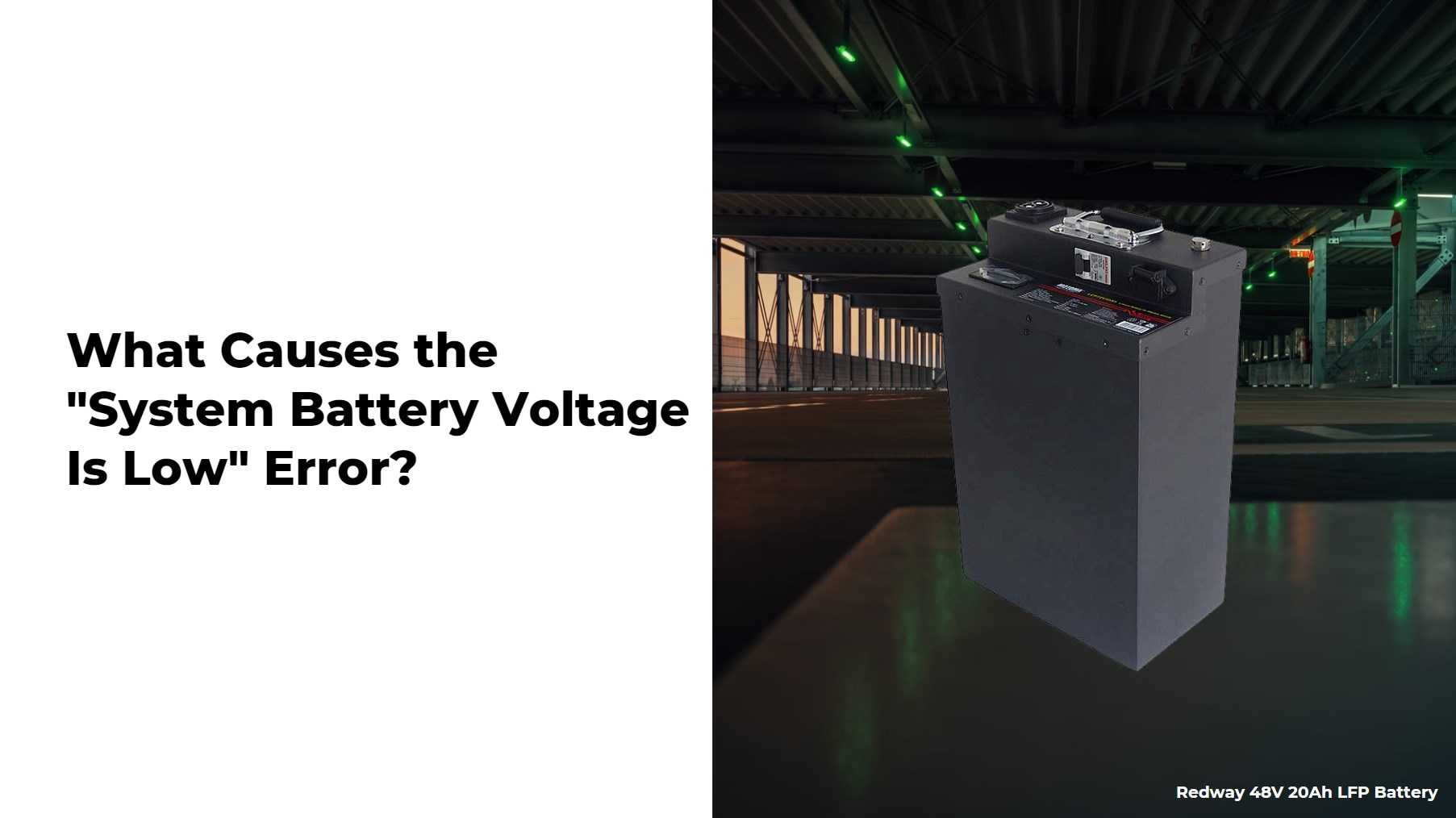RV Adventures: A Deep Dive into Lithium and LiFePO4 Battery
There’s nothing quite like hitting the open road in your RV, ready for adventure and the freedom of the great outdoors. But, whether you’re a weekend warrior or a full-time nomad, one thing’s for sure: a reliable power supply is essential. Enter the world of lithium RV batteries and LiFePO4 (Lithium Iron Phosphate) batteries—game-changers for RV enthusiasts everywhere. From deep cycle RV batteries at Costco to advanced battery management systems (BMS), let’s explore the ins and outs of keeping your RV powered up and ready to roll.
Why Lithium and LiFePO4 Batteries are Revolutionizing RV Life
The Power of Lithium RV Batteries
Lithium RV batteries have taken the RV world by storm, offering a multitude of benefits over traditional lead-acid batteries. Here’s why:
- Longer Lifespan: Lithium batteries typically last 5-10 times longer than their lead-acid counterparts.
- Lightweight: They weigh significantly less, which is a big deal when every pound counts in your RV.
- Consistent Power: Lithium batteries provide a steady power output, ensuring your devices run smoothly.
- Faster Charging: They charge much quicker, allowing you to spend less time plugged in and more time exploring.
What Makes LiFePO4 Batteries Stand Out?
LiFePO4 batteries, a type of lithium-ion battery, are particularly popular for RVs. Here’s why they’re a top choice:
- Safety First: They are inherently safer than other lithium-ion batteries, with a lower risk of overheating and catching fire.
- Durability: These batteries can withstand more charge cycles, making them incredibly durable.
- Efficiency: LiFePO4 batteries have higher energy efficiency, which means less energy waste.
- Environmental Impact: They are more environmentally friendly, with fewer toxic materials used in their construction.
Deep Cycle RV Batteries at Costco: A Good Deal?
Exploring Costco’s Offerings
Costco is well-known for its bulk bargains, but are their deep cycle RV batteries worth it? Here’s what you need to know:
- Value for Money: Costco often offers competitive pricing on deep cycle RV batteries, making them an attractive option.
- Quality Assurance: Costco’s products are typically reliable, and their return policy can be a lifesaver.
- Brand Options: They carry reputable brands, ensuring you’re getting a quality product.
- Convenience: For Costco members, the convenience of picking up batteries during regular shopping trips can’t be beat.
Is It the Right Fit for Your RV?
When considering a deep cycle battery from Costco, think about:
- Compatibility: Ensure the battery fits your RV’s requirements in terms of size, voltage, and capacity.
- Usage Needs: Evaluate your power consumption to determine if the battery’s capacity aligns with your needs.
- Longevity: Compare the lifespan of the battery with others on the market to ensure you’re getting the best value over time.
The Nuts and Bolts of RV 12V Power Supply for LiFePO4 Batteries
Understanding the Basics
A 12V power supply is essential for running most RV systems, and when paired with LiFePO4 batteries, it offers superior performance. Here’s a closer look:
- Voltage Stability: LiFePO4 batteries maintain a stable voltage output, ensuring your 12V systems run efficiently.
- Power Density: They have a high power density, meaning they can store more energy in a smaller space.
- Low Self-Discharge: These batteries have a low self-discharge rate, so they hold their charge longer when not in use.
Best Practices for Power Supply Management
To get the most out of your 12V power supply:
- Regular Monitoring: Keep an eye on your battery levels and recharge before they drop too low.
- Proper Charging Equipment: Use chargers designed for LiFePO4 batteries to avoid damaging them.
- Temperature Management: Ensure your battery compartment is well-ventilated to prevent overheating.
Top Chargers for RV LiFePO4 Batteries
Choosing the Best Charger
Selecting the right charger for your LiFePO4 batteries is crucial. Here are some top picks:
- Victron Energy Blue Smart IP65 Charger: Known for its efficiency and smart charging capabilities.
- NOCO Genius10: A versatile charger that’s compatible with multiple battery types.
- Renogy 20A DC to DC On-Board Battery Charger: Perfect for those who want to charge from both solar and alternator.
Features to Look For
When shopping for a charger, consider:
- Compatibility: Ensure the charger is compatible with LiFePO4 batteries.
- Smart Technology: Look for chargers with smart features that optimize the charging process.
- Durability: Choose a charger built to withstand the rigors of RV life.
Warming Up to LiFePO4 Batteries in Your RV
Why Battery Warming Matters
LiFePO4 batteries can struggle in cold temperatures, so keeping them warm is essential for optimal performance. Here’s how:
- Heated Battery Boxes: These boxes keep your batteries at a stable temperature, ensuring efficient operation.
- Thermal Wraps: Insulated wraps can help maintain a consistent temperature around your batteries.
- Internal Heating Elements: Some LiFePO4 batteries come with built-in heating elements to combat the cold.
Tips for Cold Weather RVing
If you’re RVing in colder climates:
- Monitor Battery Temperature: Use sensors to keep an eye on your battery’s temperature.
- Preheat Before Use: Warm up your batteries before using high-drain devices.
- Insulate Your RV: Proper insulation can help maintain a warmer environment for your batteries.
The Role of BMS in LiFePO4 RV Batteries
What is a Battery Management System (BMS)?
A BMS is critical for the safe operation of LiFePO4 batteries. It:
- Monitors: Keeps track of battery temperature, voltage, and current.
- Protects: Prevents overcharging, over-discharging, and short circuits.
- Balances: Ensures all cells in the battery pack are evenly charged and discharged.
Why Your RV Battery Needs a BMS
Without a BMS, your LiFePO4 batteries could face:
- Reduced Lifespan: Overcharging or discharging can significantly shorten battery life.
- Safety Risks: Unmonitored batteries can overheat and pose safety hazards.
- Performance Issues: Imbalanced cells can lead to inefficient power delivery.
100 Amp Lithium (LiFePO4) RV Batteries: Power to Spare
Understanding 100 Amp Batteries
A 100 Amp LiFePO4 battery can offer significant benefits for RV users:
- Extended Run Time: With a higher capacity, you can run more devices for longer periods.
- Versatility: Suitable for various applications, from lighting to powering appliances.
- Reliability: Consistent power delivery ensures your devices run smoothly.
Best Uses for 100 Amp Batteries in Your RV
Consider using 100 Amp batteries for:
- Off-Grid Adventures: Perfect for extended trips where power access is limited.
- High-Drain Devices: Great for powering high-demand devices like microwaves and air conditioners.
- Backup Power: Ideal as a reliable backup power source.
Exploring 50Ah 3.2 Volt RV Lithium Ion LiFePO4 Battery Cells
What are 50Ah 3.2V Battery Cells?
These cells are the building blocks of larger battery packs, offering:
- Modularity: Combine multiple cells to create custom battery configurations.
- Efficiency: High efficiency and low self-discharge rates.
- Flexibility: Can be used in a variety of applications, from small electronics to large battery banks.
Advantages for RV Use
For RV applications, these cells provide:
- Scalability: Easily scale up your battery bank as your power needs grow.
- Custom Solutions: Create a battery system tailored to your specific requirements.
- Cost-Effectiveness: Often more affordable than pre-built battery packs.
Choosing the Best LiFePO4 Battery for Your RV
Key Considerations
When selecting a LiFePO4 battery for your RV, consider:
- Capacity: Match the battery’s capacity to your power needs.
- Size and Weight: Ensure the battery fits your available space and weight constraints.
- Brand Reputation: Choose batteries from reputable brands with positive reviews.
Top Recommendations
Some top choices for RV LiFePO4 batteries include:
- Battle Born LiFePO4 Deep Cycle Battery: Known for its durability and performance.
- Renogy LiFePO4 Battery: Offers excellent value and reliable power.
- Lion Energy Safari UT 1300: A lightweight option with a built-in BMS.
FAQs
Q: Are LiFePO4 batteries worth the investment for RVs?
A: Absolutely! They offer longer lifespan, better efficiency, and enhanced safety, making them a worthwhile investment.
Q: Can I use a regular charger for my LiFePO4 batteries?
A: No, it’s best to use a charger specifically designed for LiFePO4 batteries to avoid damage.
Q: How do I maintain my LiFePO4 batteries?
A: Regularly monitor their charge levels, keep them within recommended temperature ranges, and use



